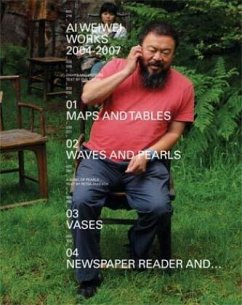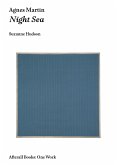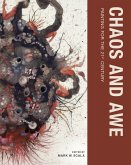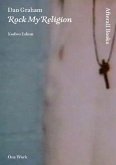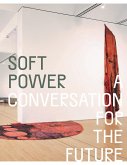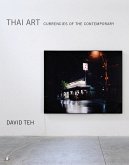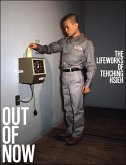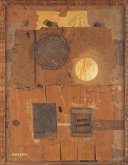This new monograph on Ai Weiwei's work offers an overview of and an in-depth reflection on the artist's most vibrant and celebrated projects. Since 1993, Ai Weiwei has been working as an artist, architect, curator, author, and art critic in Beijing. For the first time a major monograph sheds light on the conceptual approaches and the meanings behind Ai Weiwei's work by focusing on thematic topics and the material and media used. The book also includes photographic snaphots of his blog and a discussion of his social sculpture "Fairytale" at Documenta 12 in Kassel for which Ai Weiwei had invited 1001 Chinese citizens to participate, as well as his new works in porcelain. * * Ai Weiwei's daily concerns and experiences with China's cultural and historical space of reference and today's political and social developments in his homeland constitute key elements of this work. He attempts to reach the very essence of China's traditional cultural production. By appropriating and changing the historically shaped cultural languages and their forms and contents, Ai Weiwei often consciously destroys and reconstructs them-thus expanding the contemporary contexts in which the cultural and aesthetic use of materials and meanings are constituted. His most recent wood and porcelain series is about a new understanding of traditional cultural forms and aesthetic processes. The publication shows a variety of works realized by the artist as installations, objects, and videos. * * Published with Galerie Urs Meile, Beijing/Lucerne.
Hinweis: Dieser Artikel kann nur an eine deutsche Lieferadresse ausgeliefert werden.
Hinweis: Dieser Artikel kann nur an eine deutsche Lieferadresse ausgeliefert werden.
In this follow up to Ai Weiwei: New York Photographs 1983 1993, Chinese artist, architect, and activist Ai crafts a fascinating, deeply personal photographic diary of life in Beijing from 1993 to 2003 Of particular interest to fans of Ai's work, this excellent collection is also a passionate cry for freedom of speech. Publishers Weekly
Ai Weiwei: Beijing Photographs 1993-2003 is a book for fans and scholars alike. It is a diary, and so it has that insight which only reveals itself when you know the public story. If you know the arc of that story, the diary adds tenor, counterpoint and unexpected harmony, as well as dissonance. It's a bit like reading the journals of important authors or looking at the sketchbooks of important painters a bit like listening to recording studio outtakes. You don't start there. But you get there as fast as you can.
Lens Culture
In more than 600 sequenced photographs, the iconic Chinese artist and dissident provides an intimate glimpse which China has refused to publish of the country that went on to imprison him for his criticism.
The New York Times Book Review
Ai Weiwei: Beijing Photographs 1993-2003 is a book for fans and scholars alike. It is a diary, and so it has that insight which only reveals itself when you know the public story. If you know the arc of that story, the diary adds tenor, counterpoint and unexpected harmony, as well as dissonance. It's a bit like reading the journals of important authors or looking at the sketchbooks of important painters a bit like listening to recording studio outtakes. You don't start there. But you get there as fast as you can.
Lens Culture
In more than 600 sequenced photographs, the iconic Chinese artist and dissident provides an intimate glimpse which China has refused to publish of the country that went on to imprison him for his criticism.
The New York Times Book Review

